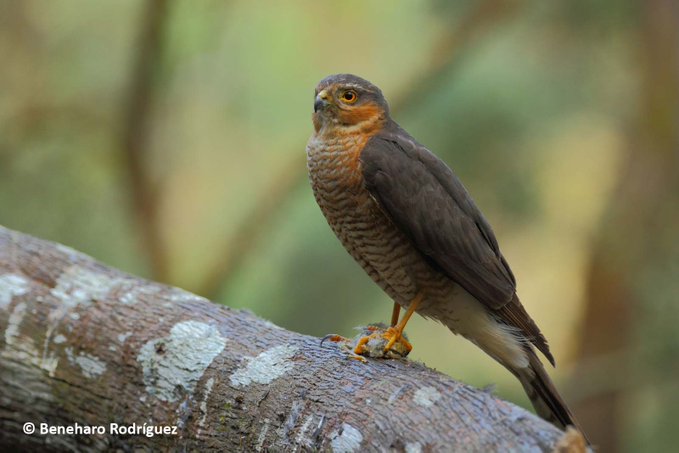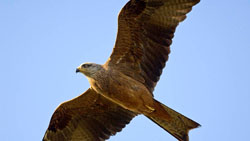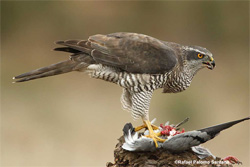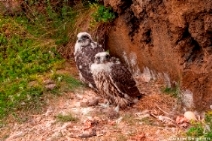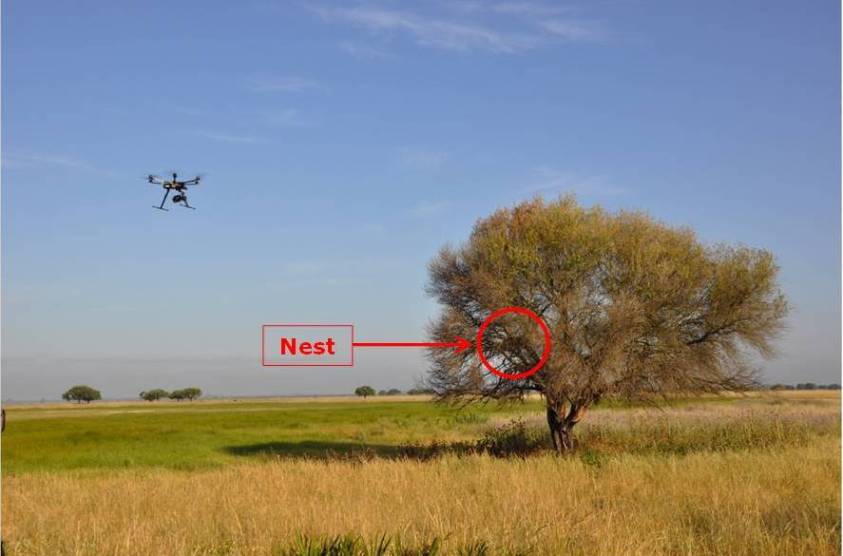
Welcome
Welcome to the official website of the Doñana Biological Station (EBD-CSIC)...

The Doñana Biological Station: EBD-CSIC
The Doñana Biological Station is a public Research Institute belonging to the Spanish Council for Scientific Research CSIC in the area of Natural Resources...

Mission
Our fundamental mission is to carry out multidisciplinary research of the highest standard directed to understanding the way in which biodiversity is generated, maintained and deteriorates, as well as the consequences of its loss...

Our methods
We apply many techniques within a multidisciplinary framework, from molecular genetics to remote sensing, and from modelling to physiological and isotopic analyses...

Monitoring the environment
Monitoring biodiversity at the Doñana Natural Space cover a wide range of communities, including both terrestrial and aquatic organisms...

Aims
Our aims include the study of the ecological and evolutionary processes by combining field work, mathematical and statistical models and physiological and genetic analysis...
 Outstanding
Outstanding
-
 Exotic tree plantations as alternative breeding habitat for an endemic avian predator
Exotic tree plantations as alternative breeding habitat for an endemic avian predator -
 Humans and scavenging raptors facilitate Argentine ant invasion in Doñana National Park
Humans and scavenging raptors facilitate Argentine ant invasion in Doñana National Park -
 Pheomelanin synthesis varies with protein food abundance in developing goshawks
Pheomelanin synthesis varies with protein food abundance in developing goshawks -
 Gyrfalcons Falco rusticolus adjust CTNS expression to food abundance: a possible contribution to cysteine homeostasis
Gyrfalcons Falco rusticolus adjust CTNS expression to food abundance: a possible contribution to cysteine homeostasis -
 Nest decoration as a communication signal
Nest decoration as a communication signal

 Exotic tree plantations as alternative breeding habitat for an endemic avian predator
Exotic tree plantations as alternative breeding habitat for an endemic avian predator